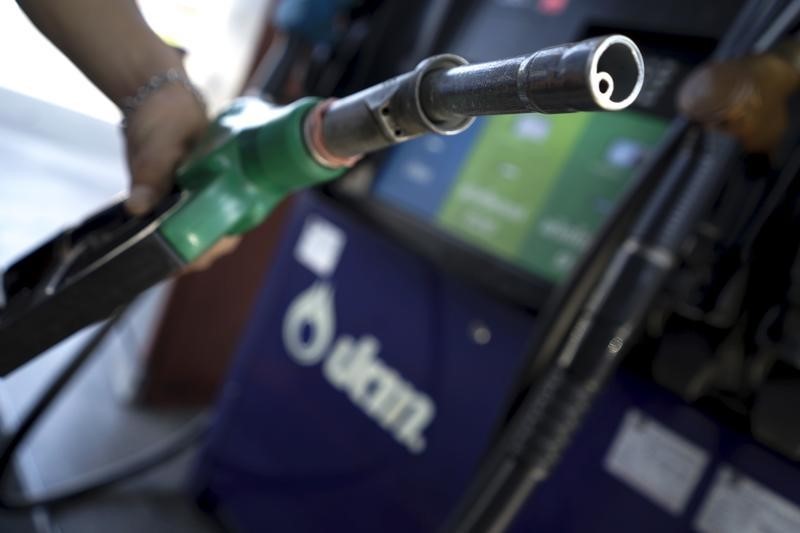By Barani Krishnan
Investing.com - The oil bull is hanging on despite eye-watering builds in fuel products, led by diesel, in U.S. government weekly data issued Wednesday. OPEC was also reported to be likely meeting in the middle of the month, rather than the next 24 hours.
U.S. West Texas Intermediate crude futures were flat at $36.81 per barrel by 1:43 PM ET (17:43 GMT).
London-traded Brent, the global benchmark for oil, dipped 12 cents, or 0.3%, to $39.45.
Both WTI and Brent are down 40% on the year. But the U.K. benchmark is also up more than 100% from the end of April. Its U.S. peer has gained 260% in a rally that increasingly feels out of step with market’s realities that have evolved since WTI’s crash to subzero prices in late April.
The jarring factors in the market now include U.S. fuel growth, which isn’t springing back as quickly as thought from the demand destruction caused by the coronavirus pandemic. There also appears to be too much hype over the forthcoming OPEC meeting, which, at best, will result in an agreement to extend production cuts, an outcome the market expects anyway.
“We won’t be surprised if prices continue grinding higher even as some OPEC countries cheat on promised cuts,” said Tariq Zahir, managing member at the oil-focused Tyche Capital Advisors in Long Island, New York. “If the market keeps going up, we can also expect U.S. shale oil production that was taken out recently to begin creeping back in.”
OPEC and its allies agreed in April to cut 9.7 million barrels daily from global output. Reuters reported last week that nearly three-quarters of that compliance had already been achieved as of last week.
Weekly data on oil balances issued by the U.S. Energy Information Administration on Wednesday also suggested that America’s crude production as a whole had fallen almost 2 million barrels per day, from record highs of 13.1 million bpd in mid-March to reach 11.2 million last week. The slump in U.S. output follows voluntary shutdown of oil rigs and wells by drillers in shale patches over the past 10 weeks.
The production losses on both the global and U.S. fronts — along with reports on Monday that the extended OPEC+ group that includes Russia could meet by Thursday instead of next week — fired the oil rally further this week.
That was before updated reports on Wednesday that the OPEC+ meeting will likely be on June 15 instead of June 4. The market barely sold off on that.
Neither did it react negatively to the U.S. gasoline inventory build of 2.8 million barrels reported by the EIA on Wednesday. Analysts had forecast a rise of just about 1 million barrels.
More startling were distillate stockpiles led by diesel. These soared by 9.9 million barrels, compared with expectations for a build of about 2.7 million barrels. Distillate inventories alone have risen by more than 51 million barrels over the past eight weeks.
U.S. crude inventories did drop by an unexpected 2.1 million barrels, compared with expectations for a rise of about 3 million barrels. The Cushing, Okla. hub that stores crude delivered against expiring contracts of WTI also registered a 1.8-million-barrel decline.
But both of these were perfectly squared off by a 4-million-barrel build rise in crude stored in the government’s Strategic Petroleum Reserve, EIA data showed. SPR inventories have been climbing of late, with the Trump administration helping companies with excessive crude on their hands to offload some of those into the nation’s emergency reserve.
